Accepted Scientific Name: Mammillaria moelleriana Boed.
Z. Sukkulentenk. 1924: 213 (fig.). as Mamillaria
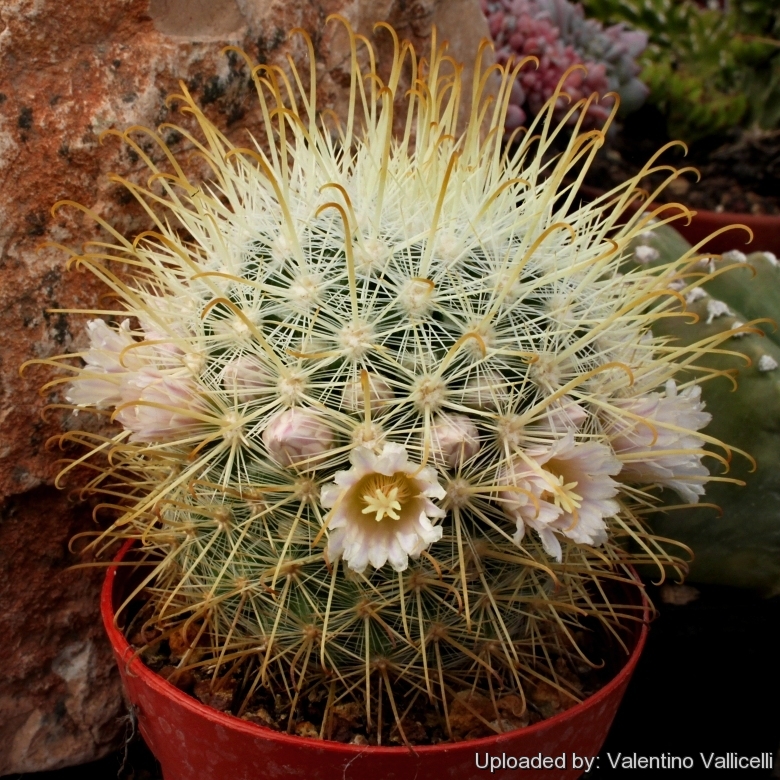
Mammillaria cowperae Photo by: Valentino Vallicelli
(Yellow spined form of M. moelleriana) This species has fierce wonderful spines.
Origin and Habitat: Hornillos (near Fresnillo) and adjacent areas, Zacatecas, Mexico.
Altitude range: 2.150 - 2.600 metres above sea level.
Habitat and Ecology: Mammillaria cowperaeSN|20809]]SN|9301]] grows among volcanic rocks in semi-desert together with Mamillaria zacatecasensis, Mammillaria gummiferaSN|9301]]SN|20809]], Echinocereus pectinatusSN|7082]]SN|8503]], Echinocereus durangensisSN|8503]]SN|7082]], Opuntia durangensis, Opuntia robusta, and Echinofossulocactus zacatecasensisSN|3378]]SN|3378]]. These plants seem to be little threatened by illegal collecting although the habitats are known to both commercial and amateur collectors.
Synonyms:
See all synonyms of Mammillaria moelleriana
back
Accepted name in llifle Database:Mammillaria moelleriana Boed.Z. Sukkulentenk. 1924: 213 (fig.). as MamillariaSynonymy: 9
back
Description: Mammillaria moellerianaSN|9301]]SN|9296]] is a small cactus that appears above the ground as a squat, spherical stem, completely covered by very strong hooked spines, and usually solitary. In cultivation the plant's stem may be cylindrical. it is also one of the more difficult to grow, as it is subject to losing its roots. The yellow spined form is often labelled Mammillaria cowperaeSN|9296]]SN|9301]].
Stem: Flattened globose to short cylindrical, centrally depressed, up to 10 cm in diameter, 13 cm tall, glossy green. Tubercle firm, cylindrical to ovoid with woolly axil. Without latex.
Radial spines: 35 to 50, white with yellow bases, needle-like, 7 - 9 mm long.
Central spines: 8 to 10, honey yellow (dark reddish brown, with yellow bases in M. moelleriana), 20-30 mm long, lower -4 hooked, upper ones shorter and straight.
Flowers: White or light pink flowers, with darker midveins, up to 1.8 cm in diameter.
Blooming season (northern hemisphere): M. cowperae, show its buds early in January but sometimes these do not open until March, again much depending on weather conditions.
Fruits: Club shaped, greenish white, to 15 mm long.
Seeds: Black.
Subspecies, varieties, forms and cultivars of plants belonging to the Mammillaria moelleriana group
Bibliography: Major references and further lectures
1) David Hunt, Nigel Taylor “The New Cactus Lexicon” DH Books, 2006
2) John Pilbeam “Mammillaria The Cactus File Handbook” Nuffield Press. 1999
3) James Cullen, Sabina G. Knees, H. Suzanne Cubey “The European Garden Flora Flowering Plants: A Manual for the Identification of Plants Cultivated in Europe, Both Out-of-Doors and Under Glass”Cambridge University Press, 11/August/2011
4) Edward F. Anderson “The Cactus Family” Timber Press, 2001
5) Fitz Maurice, B & Fitz Maurice, W.A. 2013. Mammillaria moelleriana. The IUCN Red List of Threatened Species. Version 2015.1. <www.iucnredlist.org>. Downloaded on 03 June 2015.
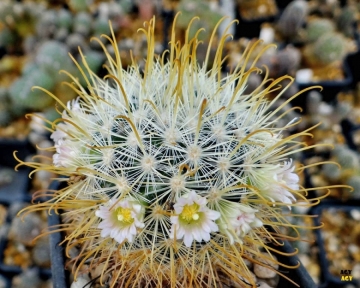 Mammillaria cowperae Photo by: Agócs György
Mammillaria cowperae Photo by: Agócs György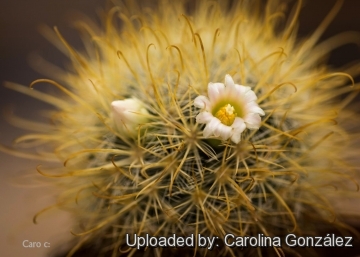 Mammillaria cowperae Photo by: Carolina González
Mammillaria cowperae Photo by: Carolina González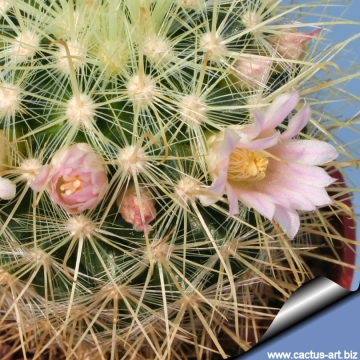 Mammillaria cowperae Photo by: Cactus Art
Mammillaria cowperae Photo by: Cactus Art Mammillaria cowperae Photo by: Valentino Vallicelli
Mammillaria cowperae Photo by: Valentino Vallicelli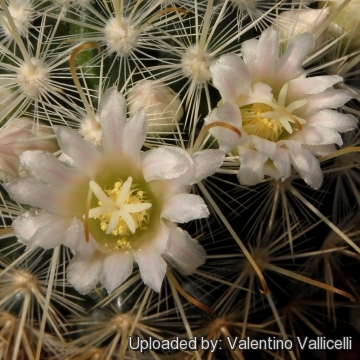 Mammillaria cowperae Photo by: Valentino Vallicelli
Mammillaria cowperae Photo by: Valentino Vallicelli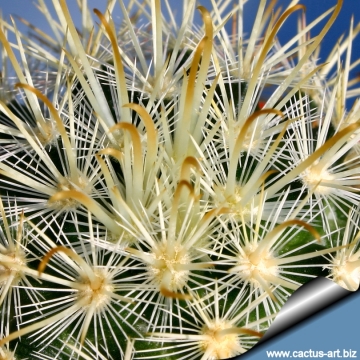 Mammillaria cowperae Photo by: Cactus Art
Mammillaria cowperae Photo by: Cactus Art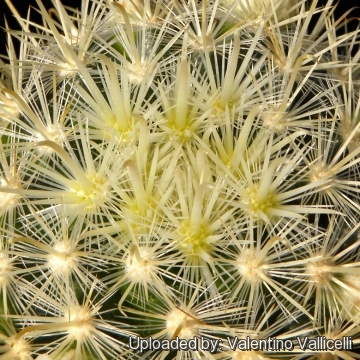 Mammillaria cowperae Photo by: Valentino Vallicelli
Mammillaria cowperae Photo by: Valentino Vallicelli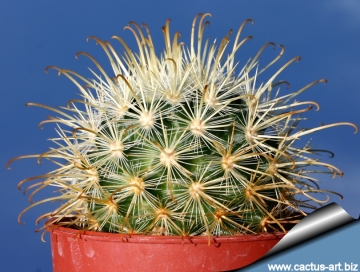 Mammillaria cowperae Photo by: Cactus Art
Mammillaria cowperae Photo by: Cactus ArtCultivation and Propagation: M. cowperae is one of the more difficult species to grow, this plant is very rot prone and temperamental when cultivated on its own roots, but it is easy to grow if grafted. Mammillaria pectiniferaSN|1537]]SN|1537]] should be kept in a deep pot with a veryl oose and open potting mineral substrate. Watering during the active growing season (spring and summer), this will encourage steady growth. But be careful with watering, which all thick rooted species require (rot sensitive). Keep dry during the winter rest. Strong filtered light will encourage the formation of heavy spination.
Fertilize every 2 weeks with diluted high potassium fertilizer when the plant is in bud. Light shade or full sun exposures.
Propagation: Direct sow after last frost. (seldom produces offsets)
Your Photos
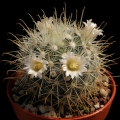
by Valentino Vallicelli
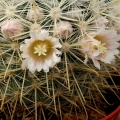
by Valentino Vallicelli
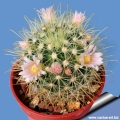
by Cactus Art





















